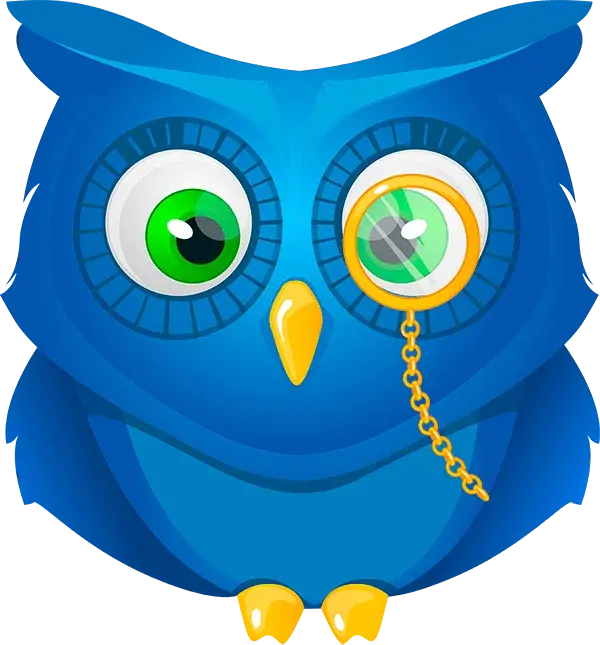(Lab) Final GameStart Assignment
Overview
You have learned a lot this semester. Now it’s time to take all of these skills and put them together to build something completely original.
By now you should have created your game design document, so the next step is to implement into a working game.
Tips
- Stop worrying about your game idea. Just build a game. You can paralyze yourself trying to find the perfect hook.
- It’s OK if your game isn’t that fun – yet. Get the mechanics working, and then tweak variables to make it more interesting. If it’s got good mechanics but you still haven’t nailed that fun factor, that’s fine.
- Graphics are wonderful. Use them to enhance your game, but placeholder graphics are just fine for this course. Be sure to not use anything that could compromise the originality of your work
- If you need to find or create assets, check out (resource) Game Dev Assets on canvas. There are links to plenty of great resources. There is a video about that too, in canvas.
- Likewise with audio assets. If you want, you can dive into digital music and sound effects, but there are some great assets available.
- Be sure to cite your sources for all audio and video assets. If you created them yourself, just let me know
- Milestones are a great idea. Be sure to have a plan for what you’ll get done when
Turning it in
We’ll use github to present our final projects. If you do not know how to use this, please check this linkLinks to an external site. for details. All you will turn in is a link to your github repo. I’ll use that to look at your code. There are many other advantages to github as well as making it easy to turn in.
Please add a readme.md to your github account. This should contain documentation for your project. Your documentation should include:
- A summary of the project goals
- Instructions the player may need
- A list of technologies and techniques you used
- Citations for any external resources you used
- A description of your process –
- What did you learn?
- Where did you get stuck?
- What would you like to improve?
- How would you do things differently next time?
- How far did you stray from the game design document?
- How did you stay on track?
(code) demo files” style=”float: left;”>Previous






